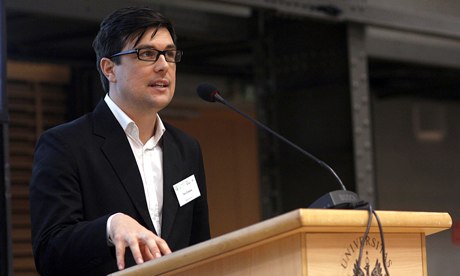Exactly 72 hours after Isro announced that it was initiating legal action against organizations which have created Facebook pages and Twitter accounts using the name of the space agency, department of space and Mangalyaan, the agency launched its own official social media pages on Thursday.
Isro has, for the first time in its 45-year-old history, started its own official Facebook page and Twitter account, which can be accessed at www.facebook.com/isroofficial and www.twitter.com/isroofficial. In the first eight hours following its launch, the new official Facebook page saw 5,233 hits.
According to Isro, the aim of these new pages is to maximize public outreach, provide mission updates and create public awareness about mission objectives and accomplishments of key programmes.One of the major announcements made on the accounts immediately after their launch was that the Geo Synchronous Satellite Launch Vehicle (GSLV) will be launched at Sriharikota at 4.18pm on January 5, 2014.
It was apparent that Isro finally felt the need to have its own official social media pages following the appearance of the fake ones. "It is ironic that something fake has encouraged Isro to go in, at last, for official social media pages and get the public involved in the missions," said a former Isro official.
Its first experiment in entering the social media arena was with theMars Orbiter Mission (facebook.com/isromom) on October 22, 2013. According to Isro it has proved immensely popular scoring nearly three lakhs hits in just two months and the number is going up steadily.
The MOM facebook states that the Indian Mars mission is among the five-most talked about topics in India on par with Narendra Modi, Sachin Tendulkar, I Phones and Raghuram Rajan.
Isro has warned that impersonation of the organisation is construed to be a seriousoffence and stern legal actions against these pages and their administratorsare being initiated from ISRO/department ofsSpace to bringthem to immediate closure.
Isro has, for the first time in its 45-year-old history, started its own official Facebook page and Twitter account, which can be accessed at www.facebook.com/isroofficial and www.twitter.com/isroofficial. In the first eight hours following its launch, the new official Facebook page saw 5,233 hits.
According to Isro, the aim of these new pages is to maximize public outreach, provide mission updates and create public awareness about mission objectives and accomplishments of key programmes.One of the major announcements made on the accounts immediately after their launch was that the Geo Synchronous Satellite Launch Vehicle (GSLV) will be launched at Sriharikota at 4.18pm on January 5, 2014.
It was apparent that Isro finally felt the need to have its own official social media pages following the appearance of the fake ones. "It is ironic that something fake has encouraged Isro to go in, at last, for official social media pages and get the public involved in the missions," said a former Isro official.
Its first experiment in entering the social media arena was with theMars Orbiter Mission (facebook.com/isromom) on October 22, 2013. According to Isro it has proved immensely popular scoring nearly three lakhs hits in just two months and the number is going up steadily.
The MOM facebook states that the Indian Mars mission is among the five-most talked about topics in India on par with Narendra Modi, Sachin Tendulkar, I Phones and Raghuram Rajan.
Isro has warned that impersonation of the organisation is construed to be a seriousoffence and stern legal actions against these pages and their administratorsare being initiated from ISRO/department ofsSpace to bringthem to immediate closure.


